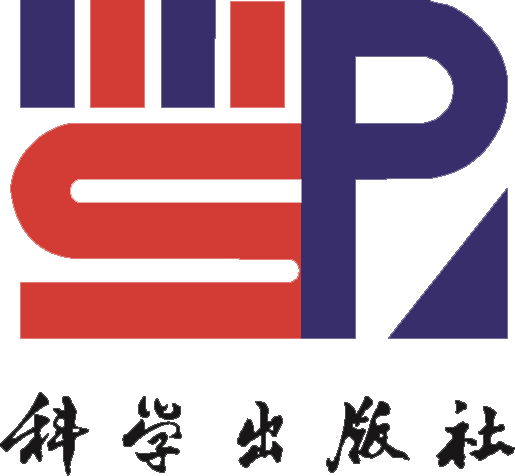[关键词]
[摘要]
奥陶纪是串管海绵早期演化的一个关键阶段, 记录了该类群的首次大规模辐射演化事件(属级分类单元达15个)。然而, 现有大部分奥陶系串管海绵的报道来自澳大利亚东部和北美等地, 在中国至今仅发现了两个属, 与前述地区相比研究程度偏低。早期研究主要基于形态学特征对串管海绵进行系统分类描述, 对其滤食策略知之甚少, 因此制约了对此类海绵在奥陶纪底栖生态系统作用的相关探讨。本文系新疆塔里木柯坪地区奥陶纪串管海绵的首次系统古生物学报道, 详细描述凯迪阶(上奥陶统)印干组中保存完好的阔室丛花海绵(Corymbospongia amplia)化石的形态学特征, 并通过研究标本外壁微孔孔径的大小分布, 探讨其滤食选择性。海绵外壁微孔孔径的分析表明: 小型和微型浮游生物可能是其食物的主要来源, 而多细胞浮游动物因个体尺寸大于海绵外壁微孔, 不能被阔室丛花海绵捕获。本研究为奥陶纪串管海绵古生态学及其地球生物学意义的探讨提供了进一步的依据。
[Key word]
[Abstract]
The Ordovician witnessed the first radiation of sphinctozoans, representing a critical stage in the early evolution of chambered sponges with 15 genera. However, most Ordovician sphinctozoans are reported from eastern Australia and North America. Only two genera of the Ordovician sphinctozoans have been discovered in China, probably resulted from limited sampling efforts. Although the morphology of sphinctozoans has been well documented in earlier studies, little is known of their dietary strategy, which is key in understanding the ecological significance of sphinctozoans in benthic ecosystem during the Ordovician. Here we measure pore sizes in the outer walls of well-preserved Corymbospongia amplia to investigate its possible food sources. Corymbospongia amplia is the first vaceletiid sponge reported from the Katian (Upper Ordovician) Yingan Formation in Kalpin area of northwestern Tarim Basin, Xinjiang, Northwest China. The main characteristics of Corymbospongia amplia are described in this study, which reveals the diagnostic structures of the subspherical chambers with porous walls. As suspension feeders, sphinctozoans filter plankton from the water column through pores in their outer wall. Size-frequency distributions of pore sizes suggest that nanoplankton and microplankton may have made up a large proportion of the diet of the vaceletiid sponge, while metazooplankton are unlikely to be consumed. Our results provide further insight into the paleoecology and geobiological implications of the Ordovician sphinctozoans at a pivotal time of the Earth-Life system.
[中图分类号]
[基金项目]
中国科学院青促会(2019310)、现代古生物学与地层学国家重点实验室基础课题(20172105)及国家自然科学基金青年基金项目(41702003)联合资助





